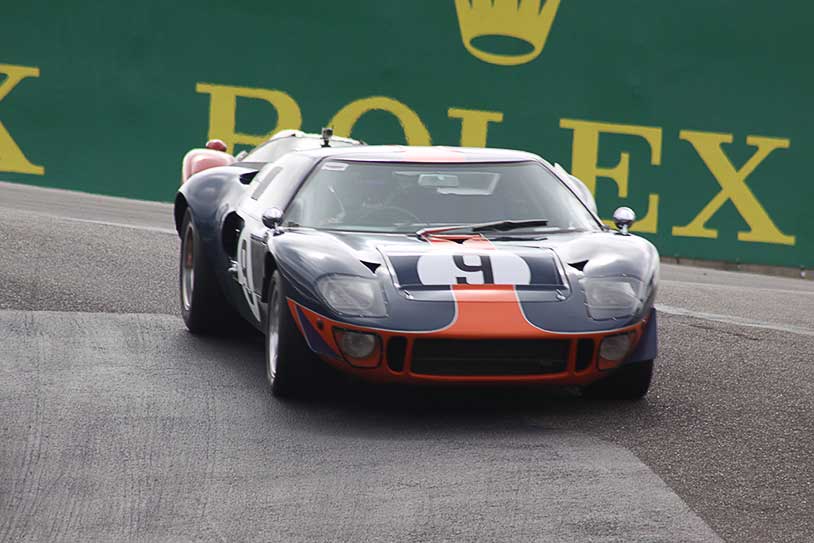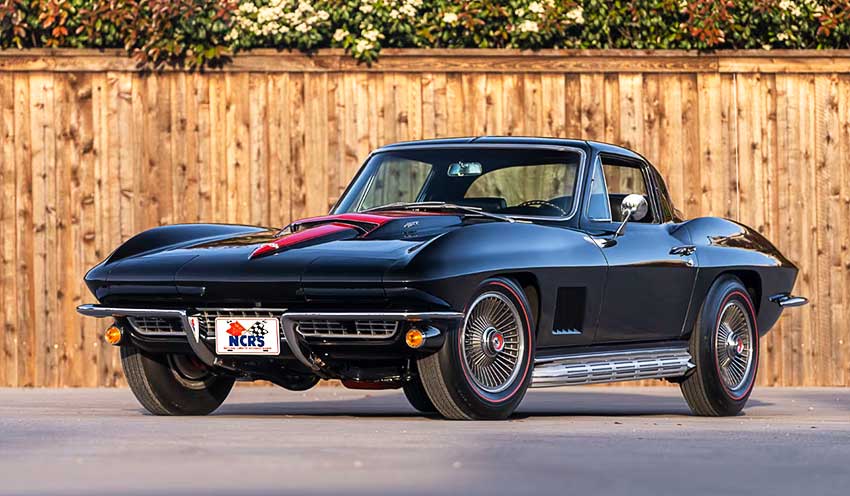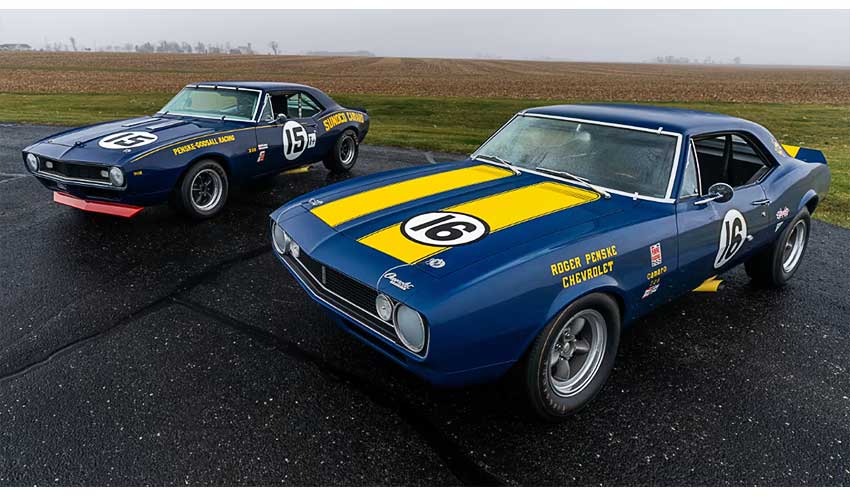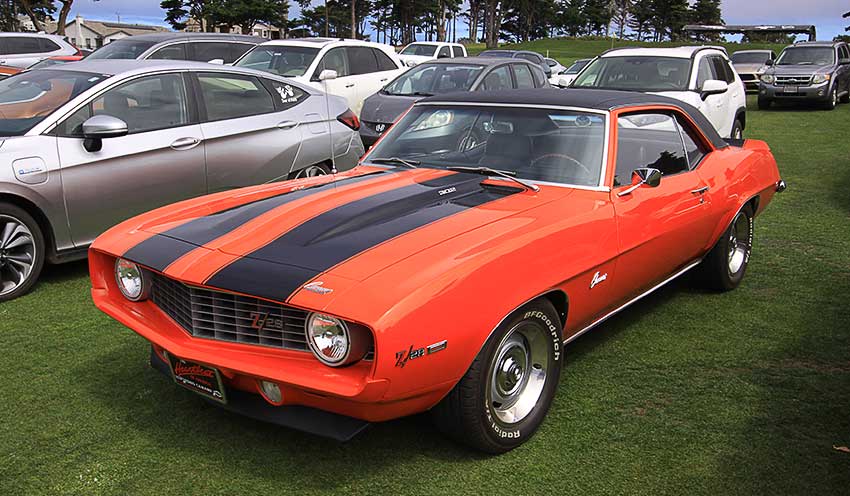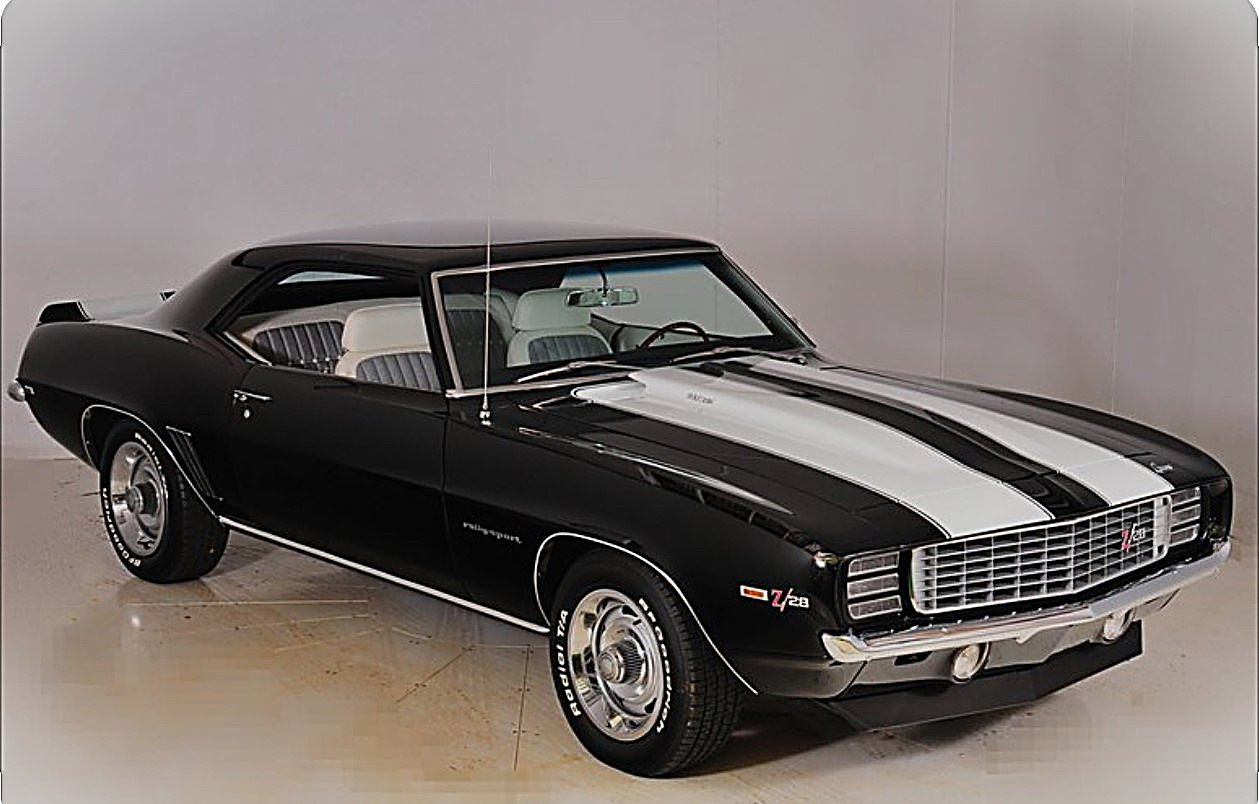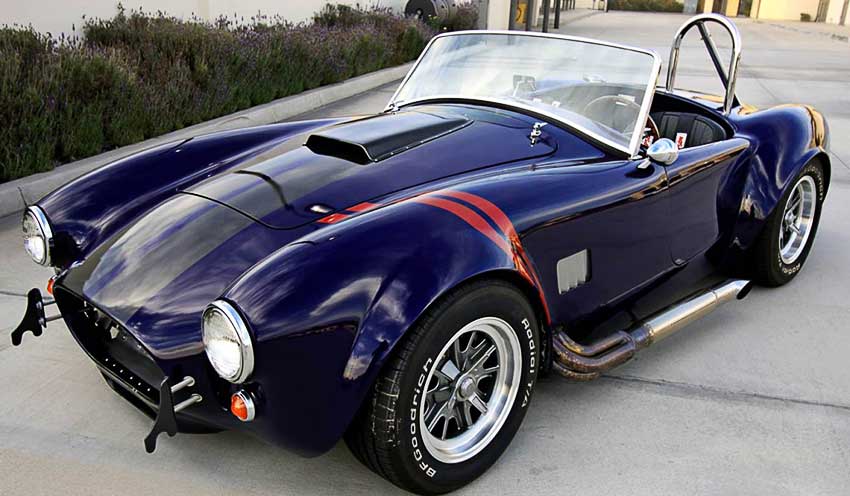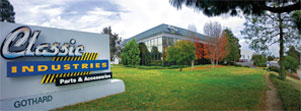Every year in mid-August, the crew of Monterey Car Week enjoys a vacation in Central California for the goings on in Carmel by the Sea, Laguna Seca, Seaside, Monterey, and Pebble Beach. For automotive enthusiasts, the moniker of Monterey Car Week and the listing of those magnificent Central California towns should give you a clue as to what the MCW crew is doing during this glorious week.



